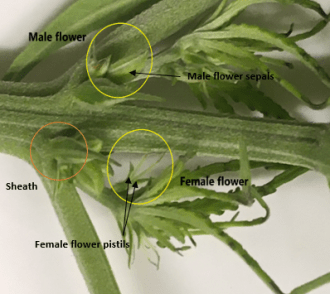CREP takes agricultural land that is located along waterways and is currently in perennial and annual crops out of production to plant riparian forest buffers. You could receive payments for land that may not be very productive, and you could help improve water quality and critical habitat for some species.
For more information, visit https://agriculture.vermont.gov/crep or contact Ben Gabos at ben.gabos@vermont.gov or Phillip Wilson at phillip.wilson@vermont.gov.










You must be logged in to post a comment.